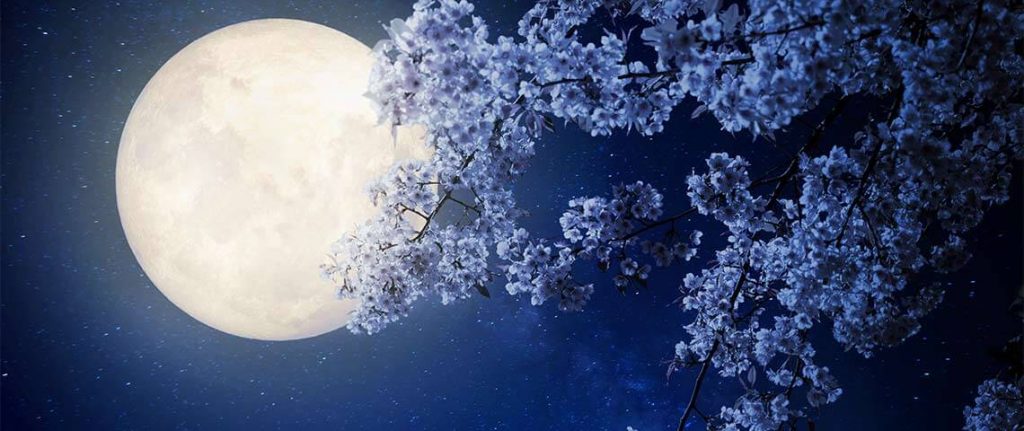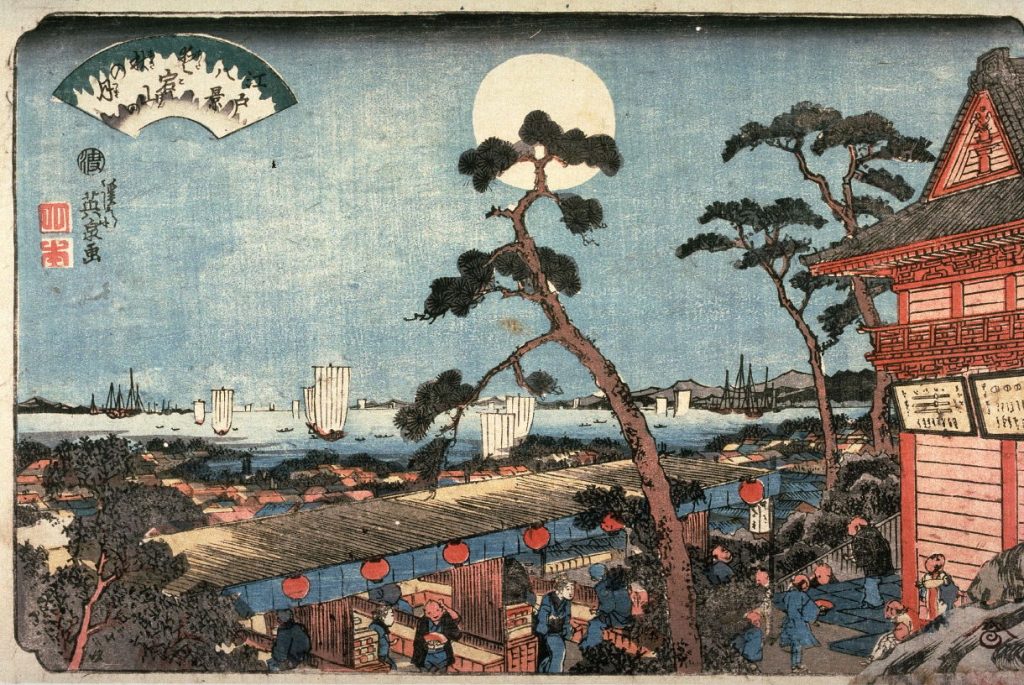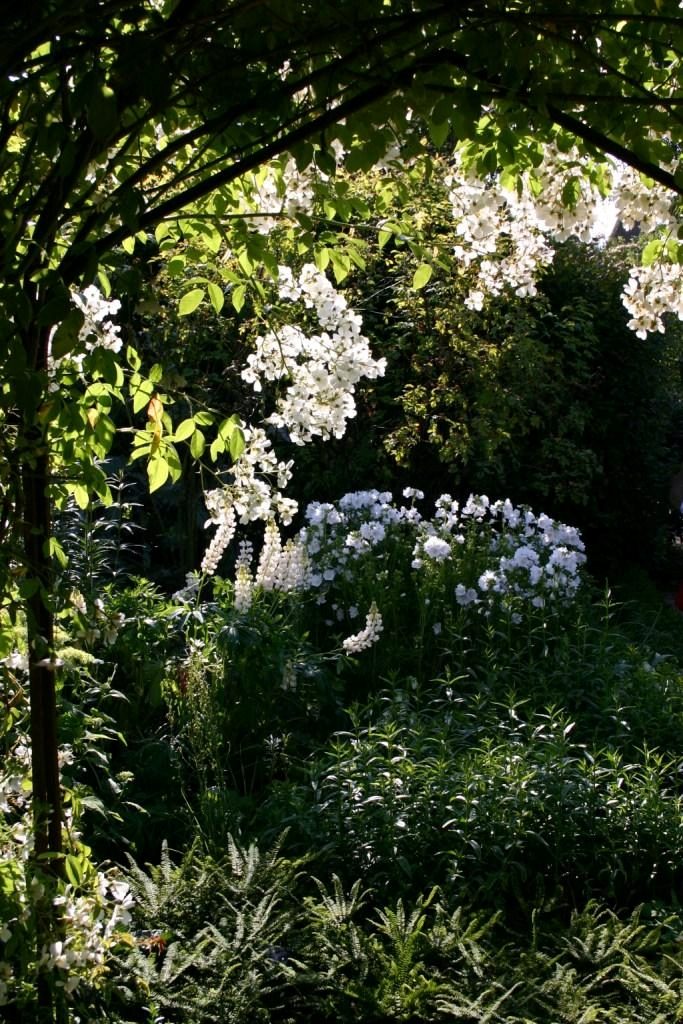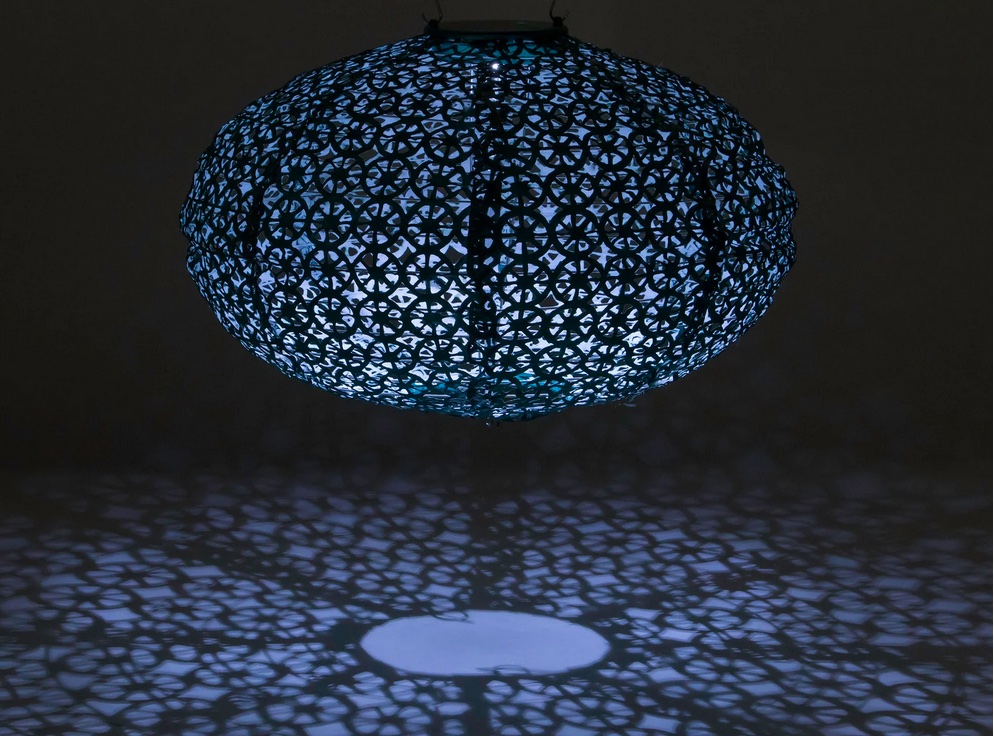This is not about saving electricity, or about embracing solar power to illuminate our lives, but instead it about appreciating and enjoying darkness. Luxuriating in shadows, letting the stars and the moon be the radiance that punctures darkness ever so quietly. Especially in the greenhouse and the garden.

I’ve been reading and absorbing a small book, In Praise of Shadows, an essay on Japanese aesthetics written by Jun’ichiro Tanizaki and published in a Japanese journal in two parts in December 1933, and January 1934. Selections from the text were first translated into English in 1954, and evidence of the essay’s importance can be traced in the Japanese-influenced design of mid-century modern houses, furnishings. The author draws attention to the contrasts between the West’s (specifically American) desire for daylight (all those windows bringing the outdoors in and vice versa!), and the East’s (read Japanese) cultural appreciation for shadow, shade, and degrees of darkness, conditions that aren’t confined to architecture but are predicated by the way traditional houses are built; shaded by low, deeply overhung roofs, with unlit interior alcoves, and windows and doors that were glazed (if I can use that word) with rice paper.

Subtlety is the byword for Tanizaki’s understanding of how light should and should not be deployed, indoors and out. His description of how an autumn moon-watching boating party was ruined by the rainbow of electric lights strung along the lakes shoreline, and what it signified to the changing culture of 20th-century Japan, made me cringe: I immediately recognized that I’ve gone too far overboard in my environmentally-centered appreciation of solar outdoor lighting. Seriously! I really need to dial it back. Especially since the sun charges the batteries, and they eventually wear out and need replacing, and these days, it’s not cheap or environmentally sensitive.
Years ago, I was a guest at Sissinghurst Castle, and while my host put together a light supper, I went for a wander in the famed garden; to be alone in that beautiful landscape and dusk, knowing that during the daytime it was packed with visitors was indeed a rare privilege, and a memory I clearly cherish. In fact, I mention it in an earlier article, 23 January 2020.

The moon was full or just waning, so the shapes of walls, paths, and plants looked like they’d been touched by frost. I made my way to a part of the garden I most loved: the White Garden. In daylight it was all green and grey foliage and white petaled flowers, but by moonlight it was transformed. The greens turned inky dark, the grey foliage gleamed silver and the white blooms shimmered under the wings of moths and a gentle breeze. I held the hope, as Vita Sackville-West described in imagining her garden-to-be, that “… the grey ghostly barn-owl will sweep silently across a pale garden, next summer in the twilight…”. That it didn’t hardly matters, as that garden moment stays in my mind’s eye and now serves as inspiration for this season’s overhaul of our patio as a moonlit garden. From which, I hasten to add, most, but not all, the solar lights will be banished. However, I’ll keep the Mexican, filigreed-pendant shade with its small, dim solar light. As it bobs in the breeze, the pattern punched in the metal sphere casts a lacy shadow that dances across the pavers like a magic carpet.
I can safely say that going forward, for me moonlit gardens are definitely a BIG thing. Think about making them yours, too.

©Ethne Clarke, 2023.
In Praise of Shadows, Jun’ichiro Tanizaki, is available in various printings, including .pdf. However, the edition I quote is from an edition published by Charles E. Tuttle, translation by Thomas J. Harper and Edward G. Seidensticker. ISBN 4-8053-0488. This is the edition to look for; the others are (imho) sketchy.
Reference to the White Garden, comes from Sissinghurst: The Making of a Garden, Anne Scott-James. Published by Michael Joseph, London, 1981. Pp 102-103. https://amzn.to/3mZjY21
Scott Ogden’s The Moonlit Garden gives American gardeners advice on creating such a garden in a variety of locales, from the tropics to the deserts. https://amzn.to/42gFDD0
To purchase Soji Stella lanterns visit Allsop Home & Garden at https://bit.ly/3yRV87a


